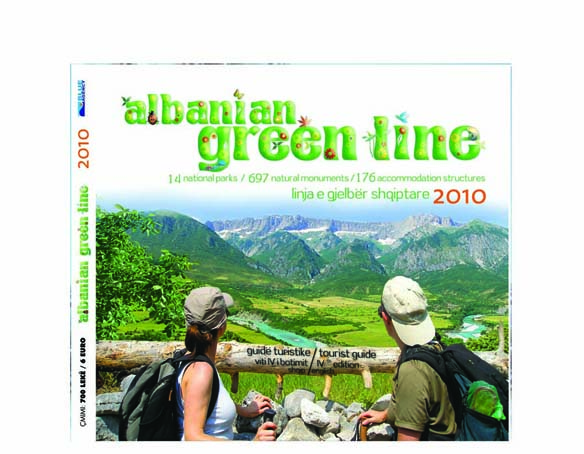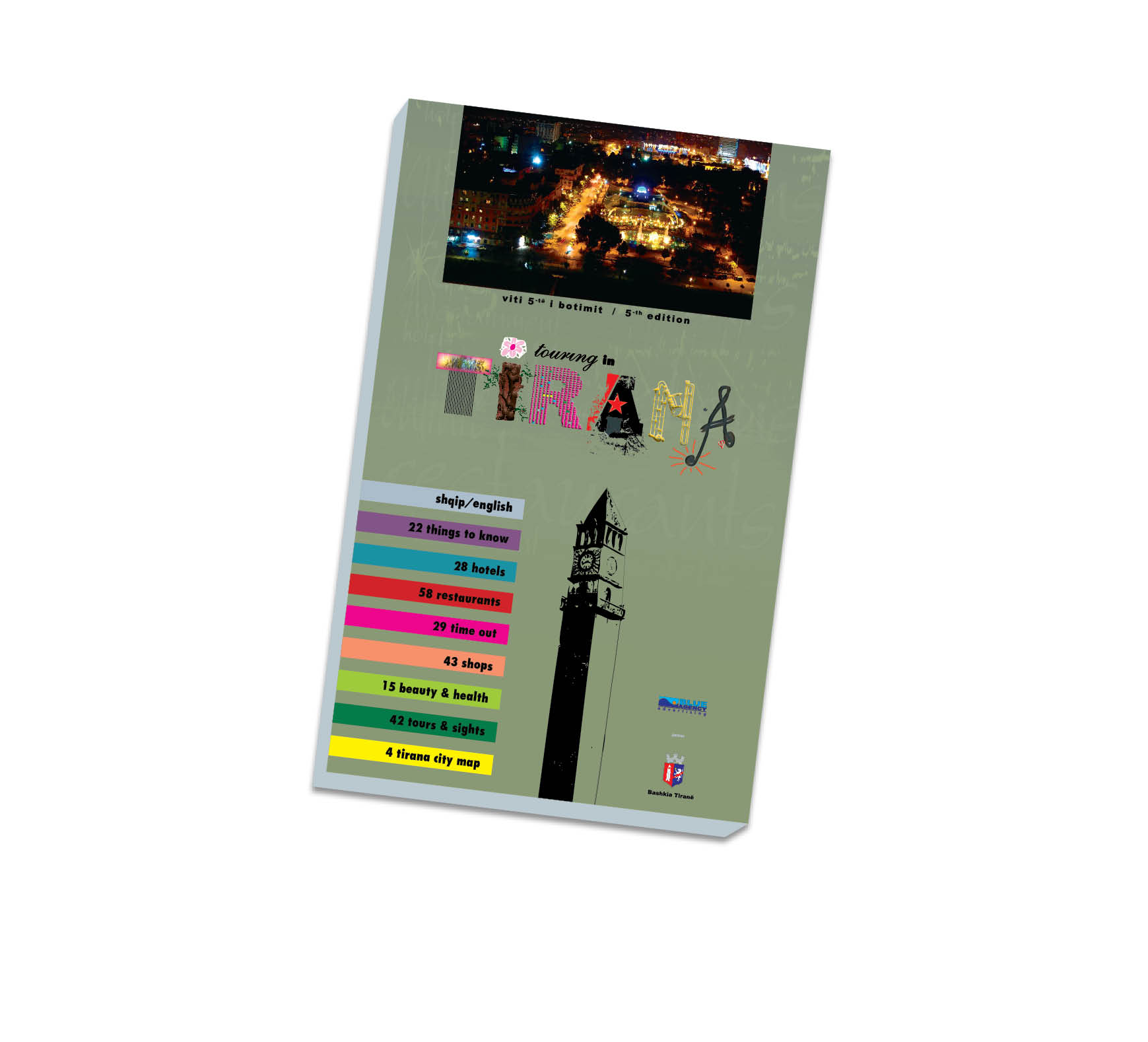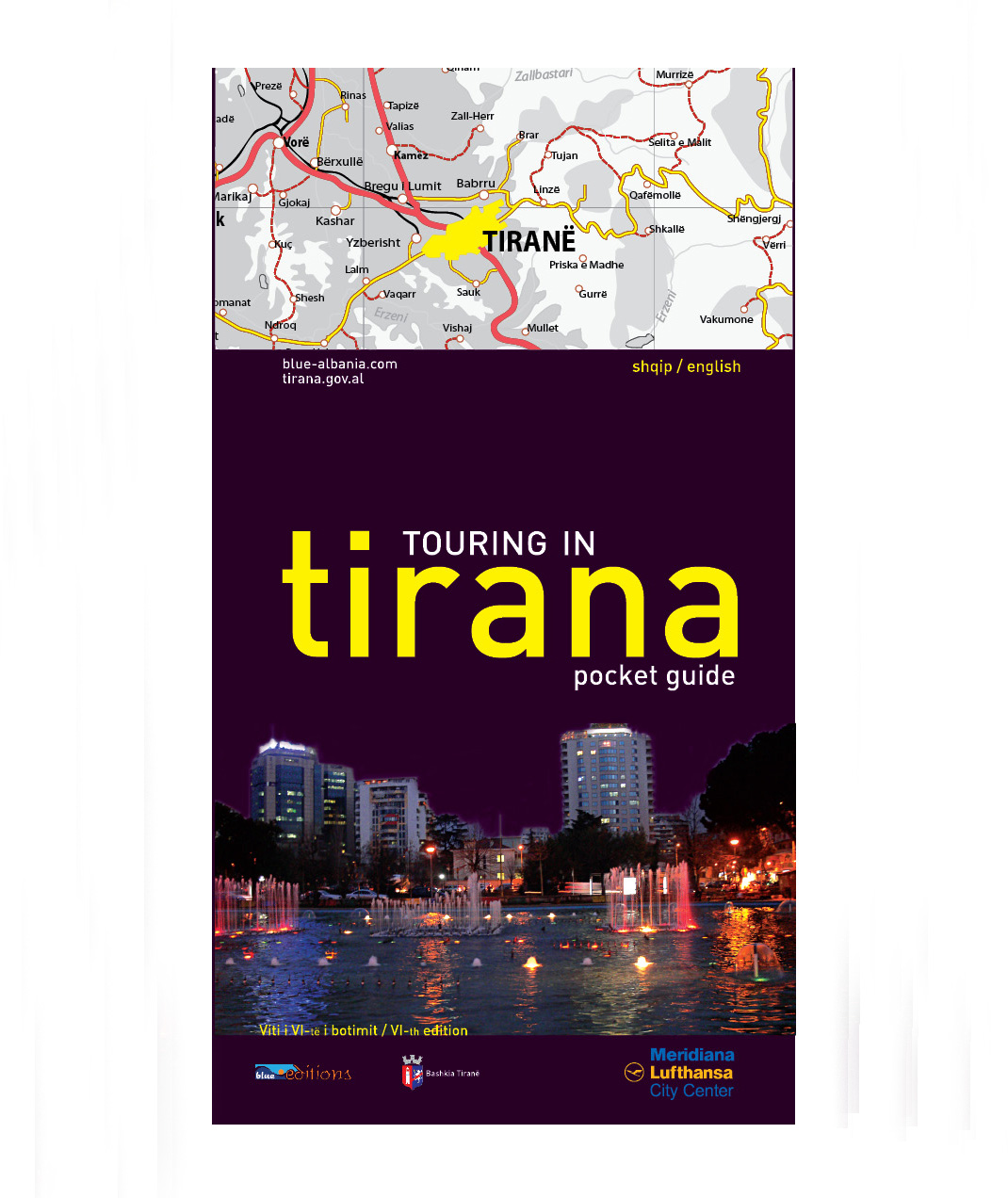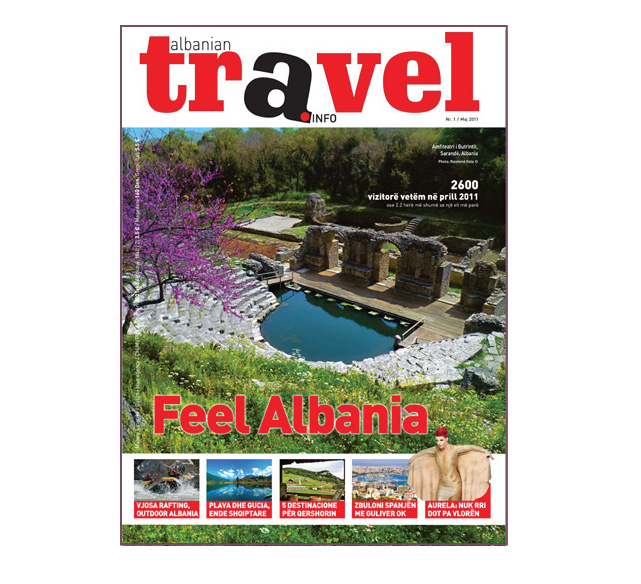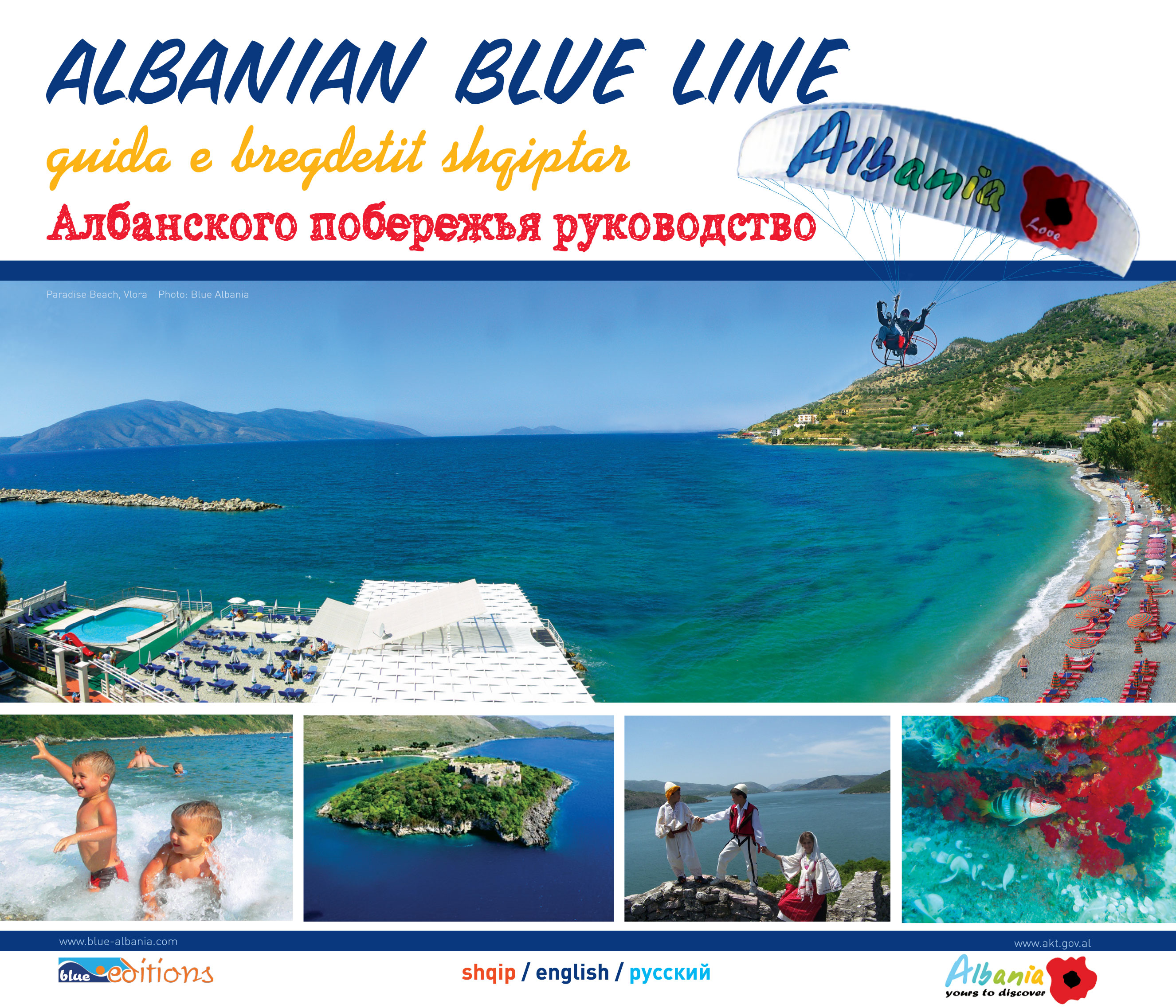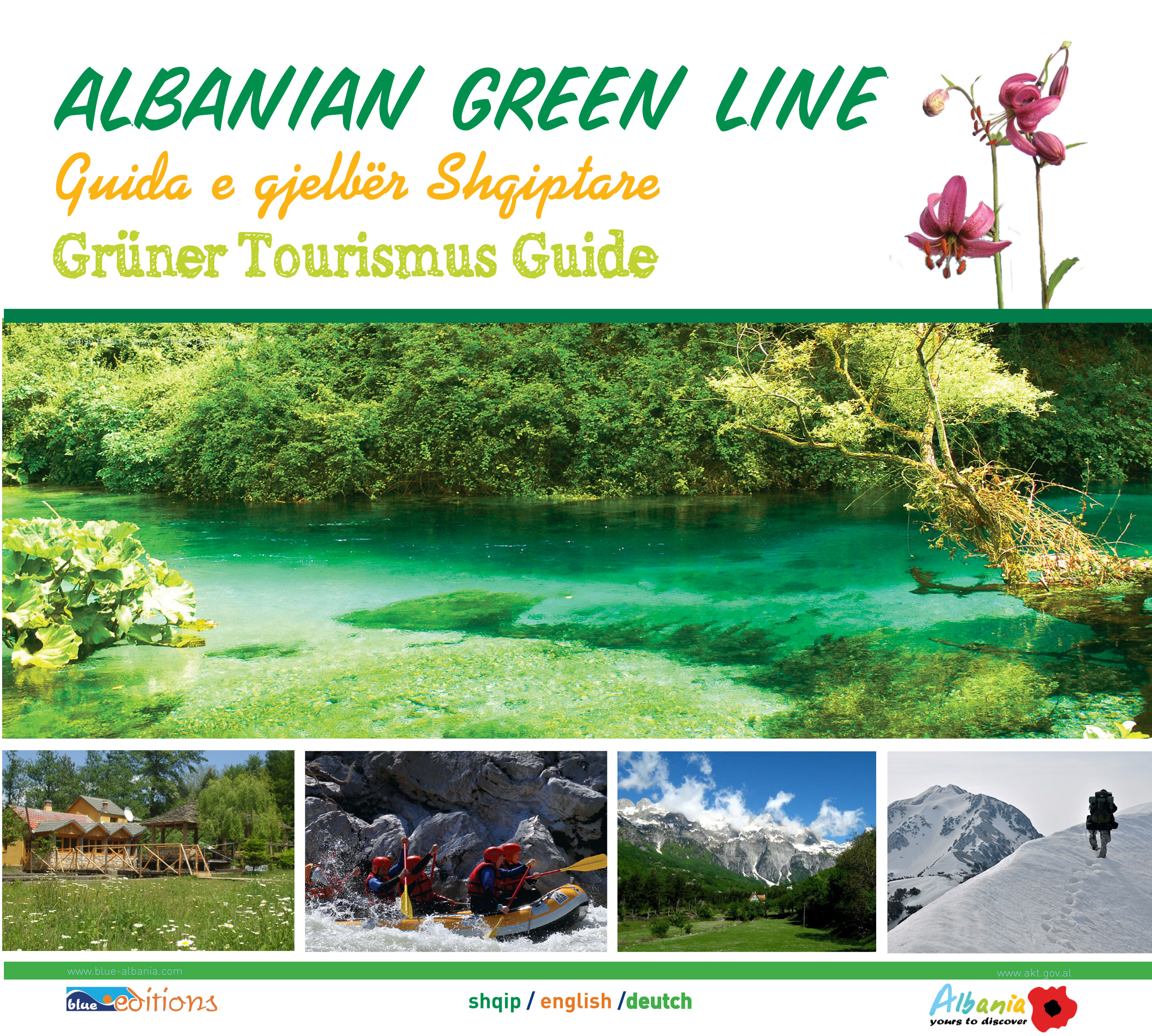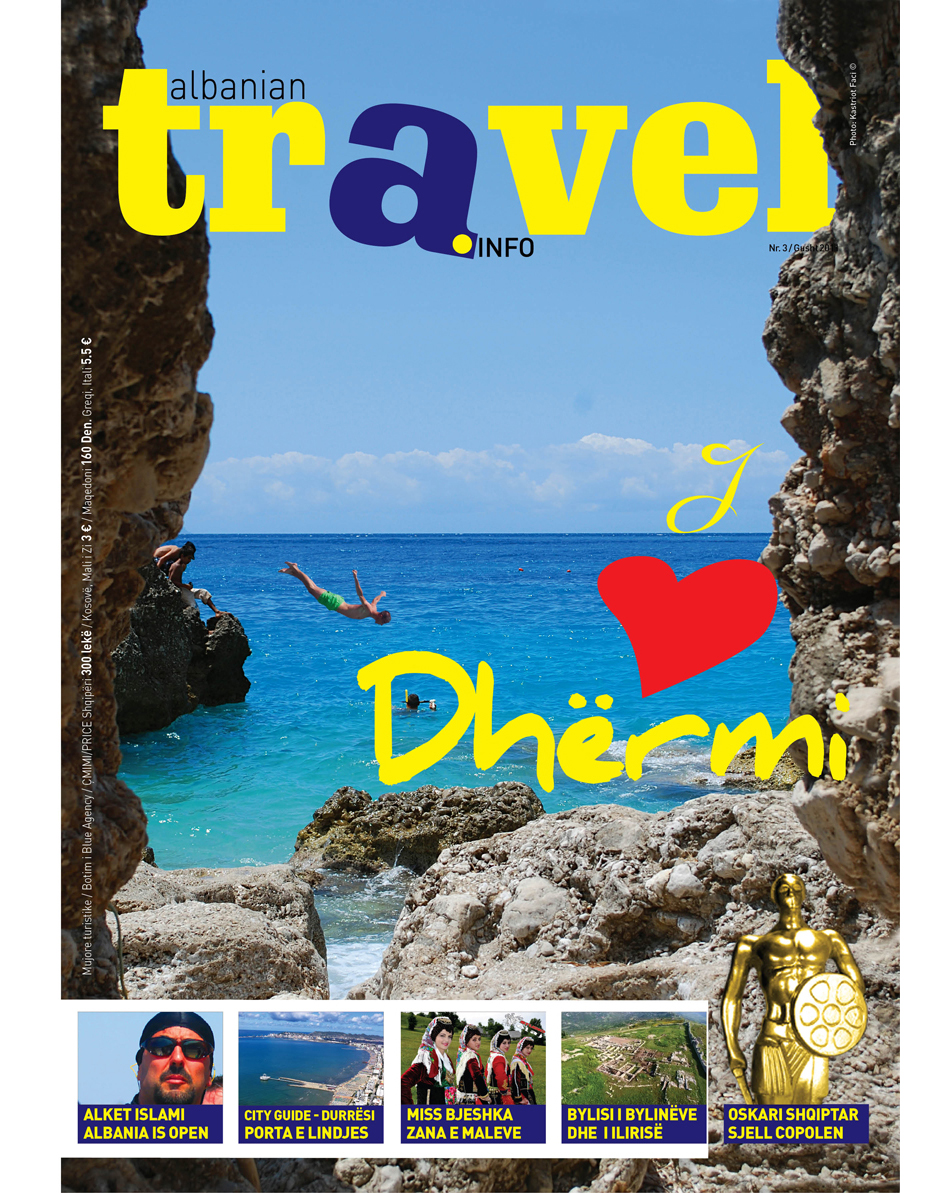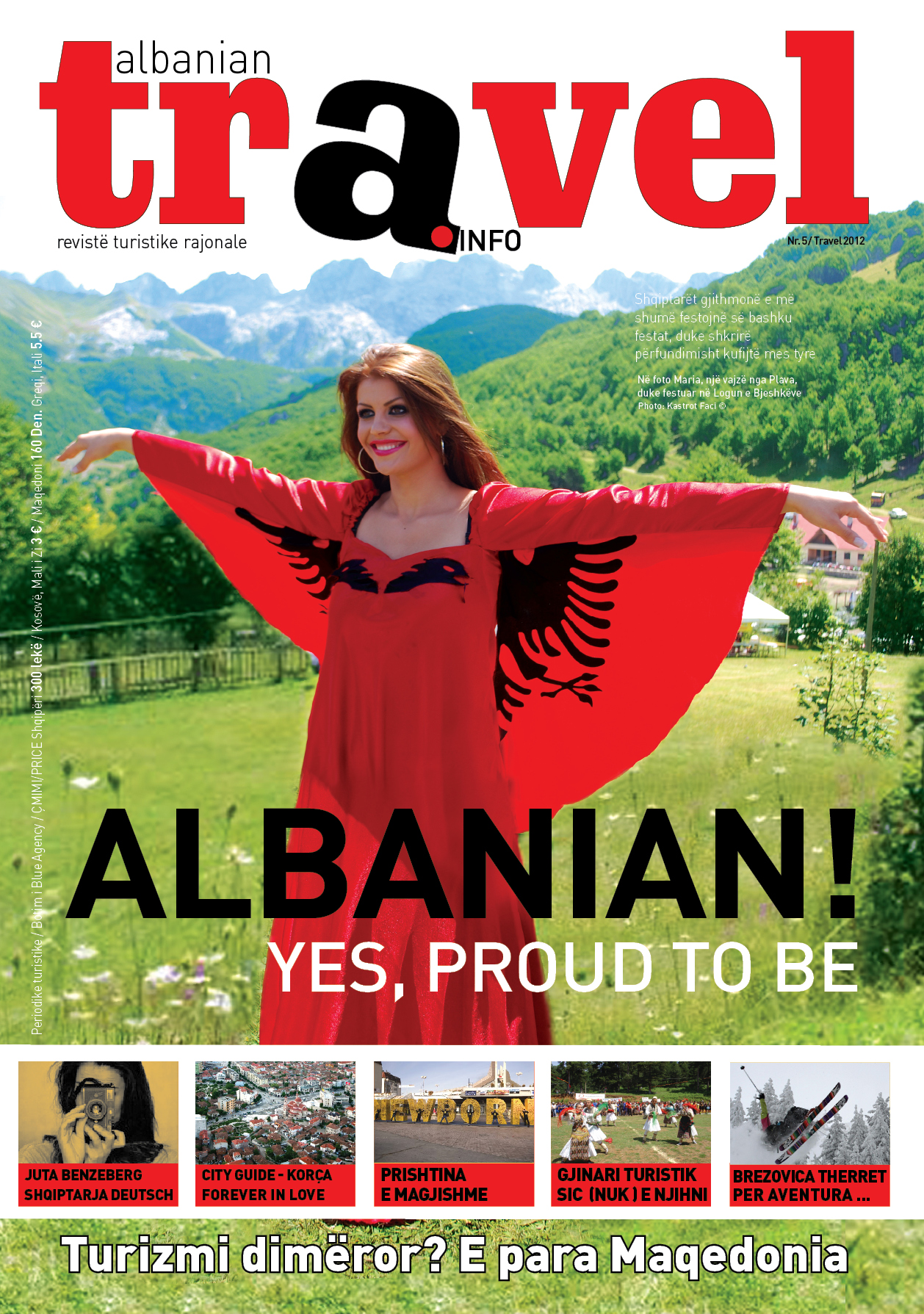Durresi General Info
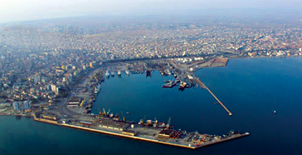
Durrësi is the second largest city in Albania, the biggest port and the hub of the railroad system. It is one of the most ancient cities in Albania. Known by name of Epidamnus, it was established in the year 627 B.C. by colons coming from Corinth and Corcyra. Later on, the name changed to Durrahium (according to mythology the nephew of Epidamnus). During this period, the city flourished and became the main port of the Eastern Adriatic. Between the 1st and the 3rd centuries, it played a major role as a trading centre along the ancient Egnatia road, which connected Rome with Byzantium.
Everyone has lot of things to see in Durrës, considering it a getaway to another world.
Durrësi is a county which includes the districts of Durrësi and Kruja, the towns of Shijak Sukth-Manza, Fushë Kruja and 10 communes; Ishmi, Maminasi, Katundi i Ri, Gjepalaj, Rrashbulli, Xhafzotaj, Bubq, Kodër-Thumanë, Nikël and Cudhi.
History
Durrësi developed during the period between the 1st and 3rd centuries AD, becoming a major trading centre and port on the eastern coast of the Adriatic. Craftsmanship developed and roads, libraries, aqueducts and odeons were built, including the Amphitheatre. At the end of the 3rd century, Durrës became the centre of the province of New Epirus and in the 4th century, despite the crisis affecting the rest of the Roman Empire, it remained a developed trading centre. During the 5th and 6th centuries, it was an important city in the western part of the Byzantine Empire and withstood the attacks of Ostrogoths and other barbarians. Under the rule of Anastas, who was born in the city, many new buildings sprang up, such as the hippodrome, two surrounding city walls, and the Basilica of Arapajt. Durrës was also an Episcopal centre.
Between the 10th and 14th centuries, the city was subject to a series of attacks (by the Bulgarians between 989 and 1005; by the Normans, in 1082 and 1083, who then set it ablaze in 1185; by Venice in 1205, from whom the Duchy of Durrës was created; by Charles of Anjou in 1272, who established the Kingdom of Arbëria with Durrës as its capital; and by the Serbs at the beginning of the 14th century). In the 14th century, Durrës was Albania's largest city, with around 25,000 inhabitants. In 1368, it was taken by Karl Topia and became the centre of the Principality of Arbëria. In 1392, the city, now known as Durrazzo, returned to Venetian rule. It was besieged by Mehmet II and the Ottoman army in 1466 but was not taken by them until 1501, by which time the city had been devastated by centuries of attacks. Nevertheless, it retained its importance as a natural harbour and, with its links into the hinterland and along the Via Egnatia to Thessalonica and Constantinople (Byzantium), linking East with West, it began to recover.
Its citizens participated in the Albanian national liberation movement, during the years 1878–1881 and again in 1910–1912. On November 21st 1912, Ismail Qemali landed in the port and on November 26th the Albanian flag of independence was raised in the city, but which was subsequently captured by Serbs three days later. The Serbs remained until May, 1913. On March 7th 1913, Durrës became the capital of Albania. In 1916 it was captured by Austro-Hungarian forces, and in 1918 by Italian forces.
After World War I, in December, 1918, a national congress was held in Durrës and a temporary administration of the city was appointed, but this fell in January, 1920, after the Congress of Lushnja. During 1939, it was the centre of resistance to the Italian Fascist forces that had occupied the country. In August, 1943, the city was taken by the Germans, who blew up the port the following year.
After World War II, Durrës was transformed into an industrial city, and it became an important cultural and educational centre.Durrës was the scene of many demonstrations during the democratic movement of 1990–1991. Durrës has many parks and gardens, and an outdoor theatre has been built on the hills above the city. Its main recreational areas are Durrës Beach and Currila. Beach, where citizens and tourists enjoy the sea and yellow sand of the Adriatic
Geographical position
Durrësi lies in a coastal longitude of 30 miles. Being link of marine and terrestrial connections, Durrës has played always an important role in the geopolitical development of the region. Including the surroundings, Durrësi occupies 432 km2 of Albanian territory. In the northeast and east it meets Tirana districts and in the south ic bordered by Kavaja district. The western coast is gets wet by Adriatic sea. The coastal line lies from the embouchure of Ishmi river, till at the stream of Agait, near of Rock of Kavaja.
The relief of Durrësi belongs to the hilly-field kind, 89 m on the sea level, while at the city this level goes to 2 m high. The system of the hills curls from Rodoni cape, till in Durrësi mountain (178 m high).
Climate
Durrësit region belong to the subtropical climate, with soft winter and dry hot sumer. The hottest month is July and the coldest, is January. The nature of the zone is recommended for the family tourist destination, because of the sandy long beach, very suitable for the children. You may use light clothes during all the spring-summer period. For the winter, except the normal winter clothes, don’t forget to take with you the gloves and the cowls because Durrësi is next to the sea and the wind on the winter is very strong.
Transport
Durrësi lies 38 km far from Tirana, about 36 km from “Mother Tereza” airport, 126 km from Shkodra, 222 km from Kukësi and 170 km far from custom of the Pass of Thana (Macedonia). In Durrës you may enter from the harbor, which links the country with four coastal cities of Italy, Bari, Brindisi, Ancona dhe Trieste, from the air, through the airport of Rinas “Mother Teresa” and from all the terrestrial points of the customs in Albania (see: How to reach Albania).
Durrësi has one of the oldest harbors in Europe and it is also one of the most important bridges of Balkan Peninsula, which link the East with West.
It has been defined as an entrance for the 8-th Corridor which starts from Albania and goes through Macedonia, Bulgaria and arrives to Varnas harbor in the Black Sea.
Also the harbor is the biggest of the country and overcomes over than 85% of import-export of the Albanian economy and human transport.
The transport in Durrës is private and public. It offers city lines and intercity ones. The station for the interline is located near of railway station, while the urban bus goes through all arteries of the city and surroundings.
Durrësi is also the first city in Albania which has been equipped with railway line. It has been constructed during the second War from the prime minister of the époque Shefqet Vërlaci (according to historic facts) but started to work only in 1947, after some last adjustments made from the government of Enver Hoxha. It was 43 km long and use to connect Durrës with Peqini town.
The types of tourism
Massive tourism
The beach lies along the national street. The sand and shallow waters several meters from the seashore make this beach, a coveted destination for families with children. Lastly the beach of Durrës is equipped with Baywatch service too. Several Baywatch towers are located in different points of the long beach.
Intimate tourism
The most attractive part of Durrësi seaside, is the beach of Currila, in the north part of the seaside. The beach is rocky and sandy, offers nice forests of pine sea trees and the confidential atmosphere which can not give the populated part of the other beaches
Another nice beach, rocky and sandy is also the part of the seaside called Porto Romano. There are some parts of the rocky seaside where you can pass only by boat or swimming. The beach offers confidential atmosphere and clear blue water.
Rural tourism
A very interesting part of Durrës is the Ishmi zone and Lalëzi bay, located on the north of the city, in the rocky seaside, called Kepi i Rodonit. The beautiful nature, the fresh air, the healthy vegetables and the funny people, will make you very happy, to spend your family holidays in this zone.
Cultural tourism
Being an important archeological center, Durresi is often visited from many groups of tourists, during all the year. A lot of reason to frequent Durrës, City Library, the Cultural Centre and Aleksandër Moisiu Theatre, Estrada Theatre and Puppet Theatre, a Philharmonic orchestra, Durrësi Ensemble and many other artistic groups. Museums that have been built here include the Archaeological Museum and History Museum, while the family house of Aleksander Moisiu has been turned into a museum. Durrës has many scientific associations and a branch of the Artists and Writers Association is active in the city.
Accommodation and gastronomy
Along the coast, there are many hotels, restaurants and other facilities, offering high standard and popular services for all levels of people. The furniture is almost modern and comfortable, seeing that all the accommodation structure is built the last twenty years.
Every kind of cooking is possible to be tasted in Durresi’s restaurants. Dominate the Italian and the Greek cuisine, because of the geographic distance, but you can also taste the variety of every other kind of cooking, mostly Mediterranean and traditional Albanian, mixed with the cuisine of Kosovo and Macedonia, which comes in Durrës from the tradition of this Albanian countries.
What to visit
Byzantine wall
constructed during the emperor Anastasi I (491-518), progeny of Dyrrachium senate. The city was surrounded by a triple wall 3,5 km, 12 m. high and 2-3 m wide. It was ehough to pass through it two-three knights sideward. Also the Illyrian emperor Justiniani (527-565) constructed defending walls during its kingship (Porto Romano),at the north side of the city.
The Byzantine Forum
Situated near of Culture palace, end of the V century B.C. Including Public Thermal baths, it creates an “archaeological ensemble” in the center of the city, being so a landmark for citizens.
The Basilica of Arapaj VI-th B.C. 69x28 m, one of the biggest of the country, composed by three naves, and quaternion work. It is situated 6 km in the east of Durrës, in the beach area.
The Amphitheatre, constructed at the end if I-rst, beginning of II-nd century A.C. One of the biggest monuments of all the ancient period in whole the empire of Rome, the only one in our country. Its ellipse is 120x101 m and the axle of arena 61x42m holds more than 15.000 participants. Its presence is also a landmark for the city.
The Venice Towe.Characteristic building of XV century, round building composed by stone blocks, decorated by architectonic motives of the époque of antiquity, as the figure of the messenger of the divinities, Hermes. The upper castle and the round tower are of the same period.
The tower of Karl Topia.it is known as the residence of Prince Karl Topia, who gave political autonomy to the city of Durrës. He called himself “Prince of Arbëria” and the Venice use to call him “Lord of Arbëri in the land of coastal city of Durrës”, while the Pope, in 1374, recognizes to him the noble title “Great Count of Arbëria”.
The Turkish Wall. Constructed from the Turkish evaders, in 1501, it is served to exchange the city in a military garrison. Along this wall, is has been constructed even the Clock Tower. Inside of the “Kala” neighborhood, has been also constructed the Medieval Hamam (Turkish steamy bath). Outside of this place, on Varosh, was constructed the well of “Tophana”.
The art of mosaics
It is very present in Durrës, attesting so a long and ancient culture of this art. It is also a professional school about this art in Durrës. If we list some of mosaics, we mention:
“the Beauty of Durrës”, from the second half of IV-rth century B.C., discovered during the Second War from Praschnicher, an Austrian archaeologist. Rediscovered in 1947 by the same coordinates. Today is exposed in the National Historic Museum in Tirana.
Mosaic with “Hipocamp”, near of the square nr 3, discovered in 1947, black and white, belongs to a luxurious building of Roman period. Dated I-st century A.C.
The mosaic of Amphitheater, constructed at the small chapel of this place. Colored mosaic, represents, the saints Stephen, Sophia e Irene, and the laic portrait of the emperor Alexander. There are different opinions about the period.
The mosaic of “Basilica of Arapaj”, colored mosaic with two emblems one of the Eukaristi, and the other Bucolic, with a surface of 54 m2., situated at the side funerary, martyrs, of this basilica. Dated in VI-th century A.C., it is a rare mosaic, based on a high realization of this kind of work.
The museums.
The museum of Popular Culture. Opend in 1982 in a characteristic Durrësi house of XIX-th century. It has been exposed original objects of handicraft, traditional clothes, works in wool, silk, copper, stone etc.
The house- museum of Aleksandër Moisiu. Inaugurated in September 1982. The famous Albanian actor, lived here his childhood during 1884-1889 and frequented the elementary school. In two rooms are exposed his photos and different works of art dedicated to him.
The hall of the War’s relics.Inaugurated in 1969. Enriched year after year with relics of the Second War (1939-1944), Patriotic Movement of beginning of XX-th century, trophies of the wars, personal objects of the martyrs etc.
The Archaeological Museumthe old museum is inaugurated in March 1951. The ol one, in 13 April 2002. It is national museum, one of the richest in the Balkan Peninsula. Disposes the hall of the ancient époque, prehistory, post byzantine period, with over 2000 objects and is processing to build the hall of Medievalism.
Tourism in nature
The most attractive of all the coastline of Durres is the beach of Currila, with sandy ground, breaking of rocks, which offers beautiful outdoor vacations, sea and pine-tree fragrance and intimate environment, away from noise-populated beaches.
An attractive part is the part of the coast on the beach called Porto Romano. The beach has clean water, broken terrain, interlaced with sand and rocks where the part is interesting that the banks can be visited only by means of water or swimming. We can say that part of the coast of Durres, from the beach of Currila, up to Cape of Rodoni, is the most attractive of all the coastline of Durres and offers fabulous views as closely, as well as looked at from above. These areas can serve not only as a space holiday destinations as well as genuine and walk long excursions that will enrich your vacation adventure.
An attractive part is the part of the coast on the beach called Porto Romano. The beach has clean water, broken terrain, interlaced with sand and rocks where the part is interesting that the banks can be visited only by means of water or swimming. We can say that part of the coast of Durres, from the beach of Currila, up to Cape of Rodoni, is the most attractive of all the coastline of Durres and offers fabulous views as closely, as well as looked at from above. These areas can serve not only as a space holiday destinations as well as genuine and walk long excursions that will enrich your vacation adventure.
Ishmi
A very interesting part of the city of Durres, which is the latest discover in the field of tourism. The Ishmi’s area, is located in north of Durres and runs through the Cape of Rodoni. Ishmi is an ancient Illyrian settlement and still retains traces of its ancient origin. It is the newest discovery in family tourism, which offers tranquility and comfort that can not provide noisy beaches of Durres and overcrowded. Nature's full of wonderful greenery, fresh air, and rocky shores. Virgin and bio healthy foods will satisfy you immensely. You will feel at home, and could cook by your own vegetables or meat of animals or birds or order the food according to your wishes at the owner of the guest houses where you can have location.
A very interesting part of the city of Durres, which is the latest discover in the field of tourism. The Ishmi’s area, is located in north of Durres and runs through the Cape of Rodoni. Ishmi is an ancient Illyrian settlement and still retains traces of its ancient origin. It is the newest discovery in family tourism, which offers tranquility and comfort that can not provide noisy beaches of Durres and overcrowded. Nature's full of wonderful greenery, fresh air, and rocky shores. Virgin and bio healthy foods will satisfy you immensely. You will feel at home, and could cook by your own vegetables or meat of animals or birds or order the food according to your wishes at the owner of the guest houses where you can have location.
Lalëzi’s bay
It is a large plantation of cultivated and natural forest, mainly pine and soft marine pines, but also mixed with other vegetation. Joing the natural preserve of Ishmi and its natural habitat, it creats a complex suitable for vacation, hiking in nature, picnic and camping.
Last year the 22 km of the road from the exit of the Tirana-Durres national road is all paved with asphalt, which means that it’s possible to reach this wonderful natural destination, and it is already very simple.
Lalëzi’s bay is also a giant beach space that is preferred by vacationers who want to spend quiet holiday, away from the noisy area of Durres. The tourism facilities, being developed there, will exchange it in a short time in a genuine tourist destination. If you refer to Blue Line Albanian guide in the sector "family tourism" you can get in touch with home guest and host to visit the area out of the summer season.
Last year the 22 km of the road from the exit of the Tirana-Durres national road is all paved with asphalt, which means that it’s possible to reach this wonderful natural destination, and it is already very simple.
Lalëzi’s bay is also a giant beach space that is preferred by vacationers who want to spend quiet holiday, away from the noisy area of Durres. The tourism facilities, being developed there, will exchange it in a short time in a genuine tourist destination. If you refer to Blue Line Albanian guide in the sector "family tourism" you can get in touch with home guest and host to visit the area out of the summer season.
Rrushkulli
Situated at Durresi district, it is a mixed forest area, where the Alnus glutinos), Ulmus campestris and Fraxinus angustifolia dominate. It is artificially planted by Mediterranean pines and the favorable position, next to the lagoon of Bishtaraka and the delta of Erzeni river makes it very important area. It is also because of the winter birds which come here in a very big quantity. The delta of Erzeni river, it’s a very appropriate place for the reproduction of the fishes of sweet waters. The flora is also rich in salty and water places.
Almost an unexplored area for the development of the ecotourism.
Natural monuments
Geo-monuments.
The cape and cliff of Rodoni. On the hills of Rodoni, 30 m above sea level. The Sandy bay is surrounded by vivid cliffs with height about 25 m. Located near the castle and church of Skanderbeg. The road of Sukth or Vora-Ishmi-Cape Rodoni itinerary.
The Beach of Kallmi, on the westside of Durres, about 0.5 m above the sea level. Virgin beach, formed by the accumulative activity of the waves. 100 m long and 15 m wide. Currila Beach-Kallmi Beach itinerary.
The cape and cliff of Rodoni. On the hills of Rodoni, 30 m above sea level. The Sandy bay is surrounded by vivid cliffs with height about 25 m. Located near the castle and church of Skanderbeg. The road of Sukth or Vora-Ishmi-Cape Rodoni itinerary.
The Beach of Kallmi, on the westside of Durres, about 0.5 m above the sea level. Virgin beach, formed by the accumulative activity of the waves. 100 m long and 15 m wide. Currila Beach-Kallmi Beach itinerary.
The beach of Shënpjetrit. in the northern Gulf of Lalëzi, about 0.5 m above the sea level. Virgin beach, formed by the accumulative activity of the waves. 100 m long and 20 m wide. Sukth Hamallaj-Beach of Shënpjetrit itinerary.
The rock of Kavaja on the north of Golemi beach, 100 m above the sea level. A big rock of sandstone with conglomeratic miocenical age, holed by the wind. It is 200 m long and 100 m wide. Durres-Plepa-rock of Kavaja itinerary.
Bio-monuments
The Plane-tree of Rubjeka.
The rock of Kavaja on the north of Golemi beach, 100 m above the sea level. A big rock of sandstone with conglomeratic miocenical age, holed by the wind. It is 200 m long and 100 m wide. Durres-Plepa-rock of Kavaja itinerary.
Bio-monuments
The Plane-tree of Rubjeka.
The Plane-tree of Balliasi.












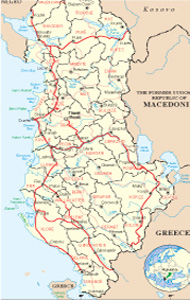




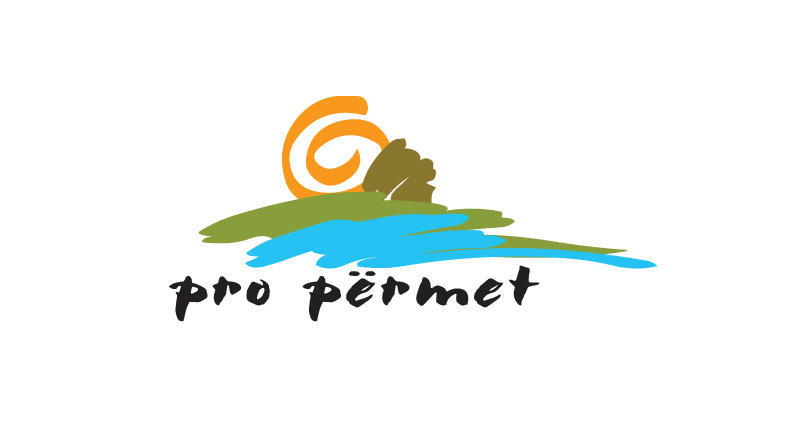

.jpg)
